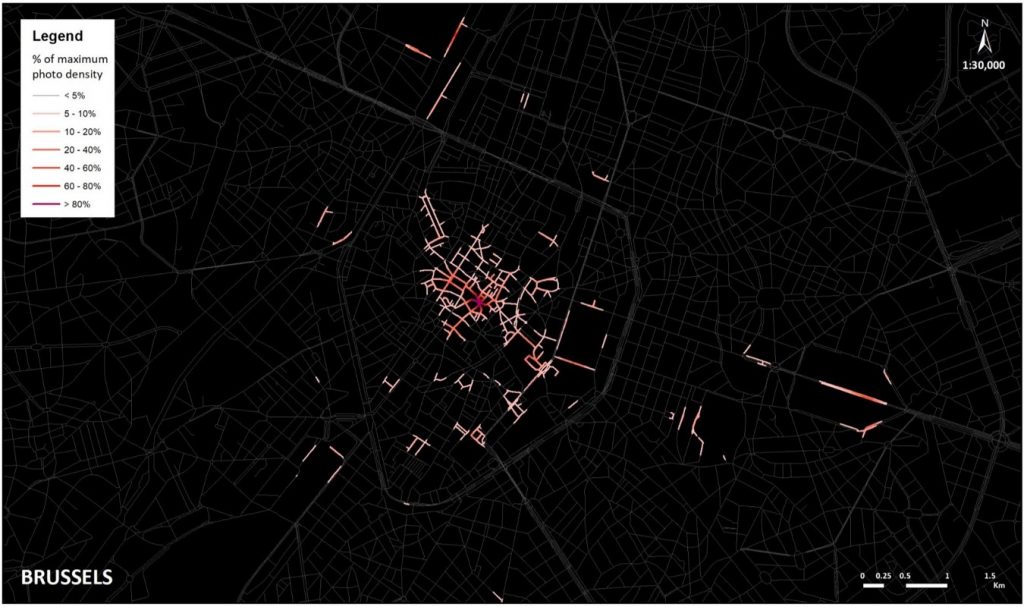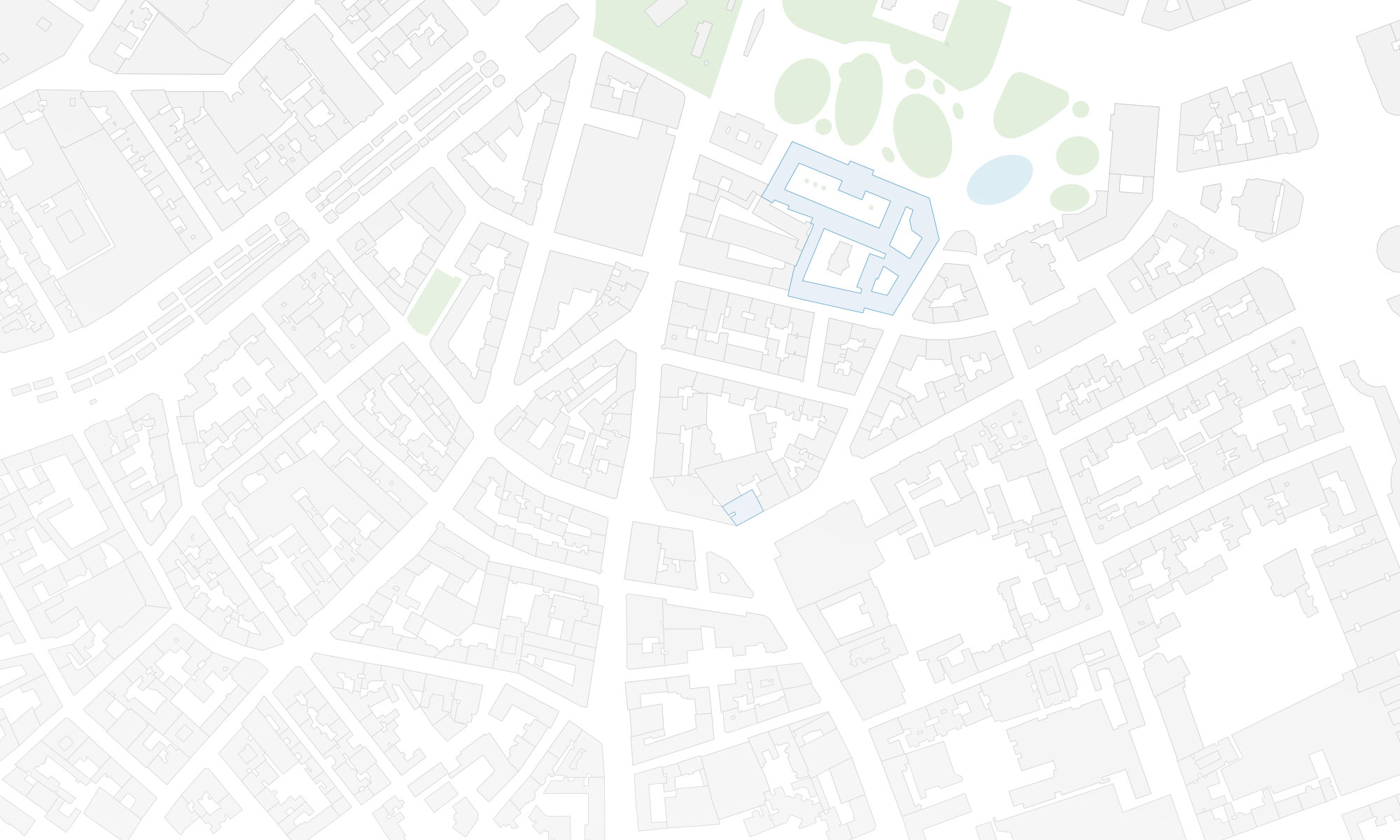EURECA – EUropean Region Enrichment in City Archives and collections, investigates cultural heritage collections of European city archives and collections by applying location based services (LBS) and personalized, contextualized content. The project focuses on revealing traces (i.e. origins or influences) of European regions that have shaped the cities in which we live today and develops tools to easily explore these traces when visiting a city. Different historical, architectural, economic, political, and cultural reasons form the base of these traces, and are used as input to disclose cultural heritage items that can be linked to specific European regions and origins. The enriched metadata generated in this project will be further usable to perform new fundamental research and applied studies, and also to facilitate the exploitation of the collections to a broader public and attract new groups of cultural heritage consumers.
Main fields of focus:
-
- Handwritten Text Recognition (HTR).
Archives have large amounts of digitized documents containing handwritten text, but most of these are not transcribed. Eureca has worked on improving state-of-the-art HTR solutions by using visual clustering and crowdsourced labeling.
HTR models are retrained on a subset of labeled data so as to improve the transcription accuracy.
- Social Media analysis
SM as a modern, dynamic and growing source of data is very suitable to study human behavior through spatial and semantic analysis. A new framework for the detection and visualization of traces of visitors from different nationalities has been developed.

Areas, Streets and Topics of Interest have been identified for specific nationalities and used to identify Cultural Heritage-related Points of Interest (POI).
- Handwritten Text Recognition (HTR).
Funding program: Departement Cultuur, Jeugd en Media – Flemish Government
Duration: 12 months
- Label tool. A tool to enable crowdsourced labeling of handwritten text from archives.
- Wordcrowd. An LBS which visualizes and analyzes geolocated social media data. Country-specific footprints and word clouds associated to the space can be explored at different scales.
Project partners
Research groups
Archives

